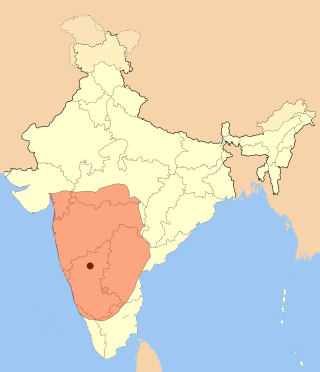
Year 543 (DXLIII) was a common year starting on Thursday of the Julian calendar, the 543rd year of the Common Era (CE) and Anno Domini (AD) designations, the 543rd year of the 1st millennium, the 43rd year of the 6th century, and the 4th year of the 540s decade. As of the start of 543, the Gregorian calendar was 2 days ahead of the Julian calendar, which was the dominant calendar of the time.

Year 520 (DXX) was a leap year starting on Wednesday of the Julian calendar. In the Roman Empire, it was known as the Year of the Consulship of Rusticus and Vitalianus. The denomination 520 for this year has been used since the early medieval period, when the Anno Domini calendar era became the prevalent method in Europe for naming years.
Peter the Iberian was a Georgian royal prince, theologian and philosopher who was a prominent figure in early Christianity and one of the founders of Christian Neoplatonism. Some have claimed that he is the author known conventionally as Pseudo-Dionysius the Areopagite.

Christian monasticism is the devotional practice of Christians who live ascetic and typically cloistered lives that are dedicated to Christian worship. It began to develop early in the history of the Christian Church, modeled upon scriptural examples and ideals, including those in the Old Testament, but was not mandated as an institution in the scriptures. It has come to be regulated by religious rules and, in modern times, the Canon law of the respective Christian denominations that have forms of monastic living. Those living the monastic life are known by the generic terms monks (men) and nuns (women). The word monk originated from the Greek μοναχός, itself from μόνος meaning 'alone'.
Dorotheus of Gaza or Abba Dorotheus, was a Christian monk and abbot.

Damian of Alexandria was the Coptic pope and patriarch of Alexandria from 576.

February 28 - Eastern Orthodox liturgical calendar - March 1
(On non-leap years, the commemorations below are celebrated on February 28.)

Saint Stephen the Sabaite, also known as Stephen the Hymnographer, was a Christian monk from Julis, a district of Gaza. He was a nephew of St. John of Damascus and spent a half-century in the monastery of Mar Saba. He is venerated as a saint in the Eastern Orthodox Church.

Barsanuphius, also known as Barsanuphius of Palestine, Barsanuphius of Gaza or Barsanuphius the Great, was a Christian hermit and writer of the sixth century.

Eastern Christian monasticism is the life followed by monks and nuns of the Eastern Orthodox Church, Oriental Orthodoxy, the Church of the East and Eastern Catholicism. Eastern monasticism is founded on the Rule of St Basil and is sometimes thus referred to as Basilian.

Chariton the Confessor was an early Christian monk. He is venerated as a saint by both the Western and Eastern Churches. His remembrance day is September 28.
John the Prophet, known also as Venerable John, was the hermit of the monastery of Seridus and teacher of Dorotheus of Gaza.
John Rufus, John of Beth Rufina, or John of Maiuma, was an anti-Chalcedonian priest of Antioch, a disciple of Peter the Iberian and an ecclesiastical historian who possibly served as the bishop of Maiuma. He wrote the Plerophoriae, the Life of Peter the Iberian, and the Commemoration of the Death of Theodosius.
Peter of Jerusalem was the Patriarch of Jerusalem from 524 to 544. He held to the Chalcedonian belief.
Theodosius was one of the leading Christian monks of Palestine opposed to the Council of Chalcedon (451). He was installed as bishop of Jerusalem in opposition Juvenal in 451 or 452, but was forced into exile by the emperor Marcian in 453.
The Barsanuphians were a monophysite non-Chalcedonian Christian sect in Egypt between the late 6th and early 9th century.
Isaiah the Solitary, also known as Isaiah of Gaza, Isaias the Solitary, Abba Isaiah, or possibly also Isaiah of Scetis, was a Christian ascetic and monastic writer known from the Sayings of the Desert Fathers and various Palestinian Miaphysite sources. He is canonized as a saint by the Coptic Orthodox Church, with his feast day on the 11th day of the month Abib (Epip) in the Coptic calendar.
Abba Silvanus was a Palestinian Christian monk who lived during the 4th and 5th centuries. He was one of the Desert Fathers.
The monastery of Seridus was a monastic community that flourished during the 6th and early 7th century in Palestine. Founded by Seridus of Gaza after whom the monastery was later named, it housed in the first half of the sixth century the well-known hermits Barsanuphius and John the Prophet who attracted many visitors.
Zeno the Prophet was an Egyptian monk and a Desert Father. He was disciple of the hermit Silvanus of Gaza, became the spiritual guide of the famous Georgian Peter the Iberian and is venerated as saint by the Eastern Orthodox Church on 19 June.








